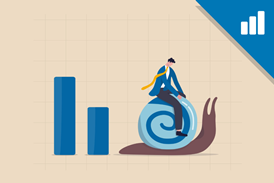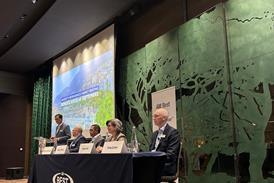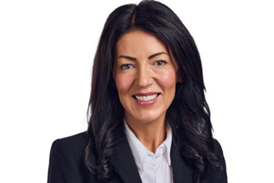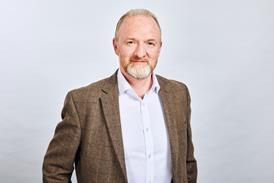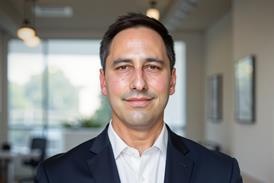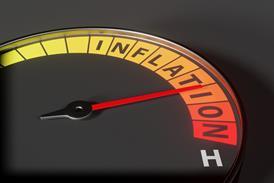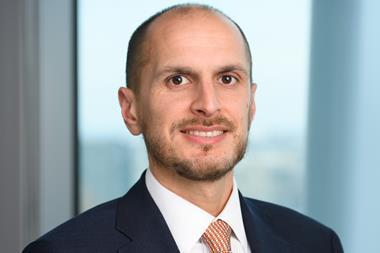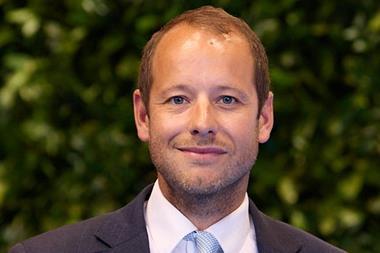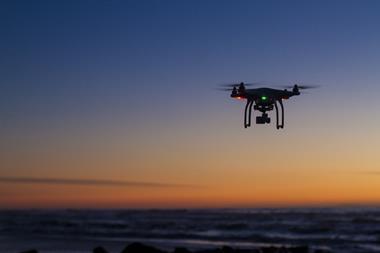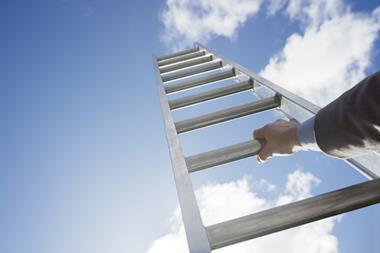Andrew Cave says insurers need to grasp the science behind the newest challenge facing the industry
For a potentially history-changing paragraph, it looked innocuous enough, buried two thirds of the way down Lloyd's latest pronouncement on climate change.
"Although most natural perils are insurable as long as the market is free to price risk adequately," it stated, "Lloyd's warns that long-term insurability of weather-related risk is by no means guaranteed because climate change is developing much faster than initially thought."
An uninsurable flood, storm or hurricane? It's almost an oxymoron at Lloyd's, the market whose very brand rests on the ability of its participants to cover almost everything from celebrity noses to financial scandals.
After all, as Lloyd's is always telling us, this is the market that was one of the few insurance centres to pay out after the 1906 San Francisco earthquake; this is the British insurance institution that withstood the tremors of 9/11 and the record hurricane seasons of the past two years.
Declining cover of an insurance class goes against the grain at Lloyd's, although the
market does have a government backstop in the shape of Pool Re for war and terrorist risk. For nearly everything else, there's always a price, though there may also be some drastic terms and conditions.
Those days may soon be over. Lloyd's believes climate change could do what Piper Alpha, 9/11 and (narrowly) asbestos failed to do and wipe out what is now 318 years of insurance history.
"If we do not take action now to understand the risks and their impact," the report states. "The changing climate could kill us."
Gosh. The death of insurance? The instant reaction is to say that Lloyd's is overreacting.
But the statistics easily win this argument. Last year, natural catastrophes killed 97,000 people and cost the insurance industry $83bn - more than ever before.
Research by Zurich Financial Services shows that extreme weather has cost insurers an average of $16bn a year since 1990, doubling in each of the past two decades.
The ABI is forecasting that hurricane wind speeds will increase by up to 6% if carbon dioxide emissions double from their current levels.
Under that scenario, the average annual cost of hurricanes to the insurance industry would increase by two thirds to $27bn, without taking inflation into account.
That would be tough, but premium increases and tightening of terms are how Lloyd's has always responded to riskier environments. What's new is the idea of uninsurable weather conditions.
Lloyd's comment is all the more significant since it has taken a firm line against the calls from insurers in the US for the US Government to provide a backstop for hurricane risk in the same way that it does for terrorism risk.
The difficulty is modelling. With carbon dioxide levels at their highest for 650,000 years, scientists' forecasts of what might happen in the next five to 10 years vary enormously. Insurers need to grasp this challenge and for that they will need new skills and expertise.
The chances are that the industry will adapt and survive like it has always done in the past. But the adapting part has to begin now. IT
' Andrew Cave is the former associate City editor of The Daily Telgraph



